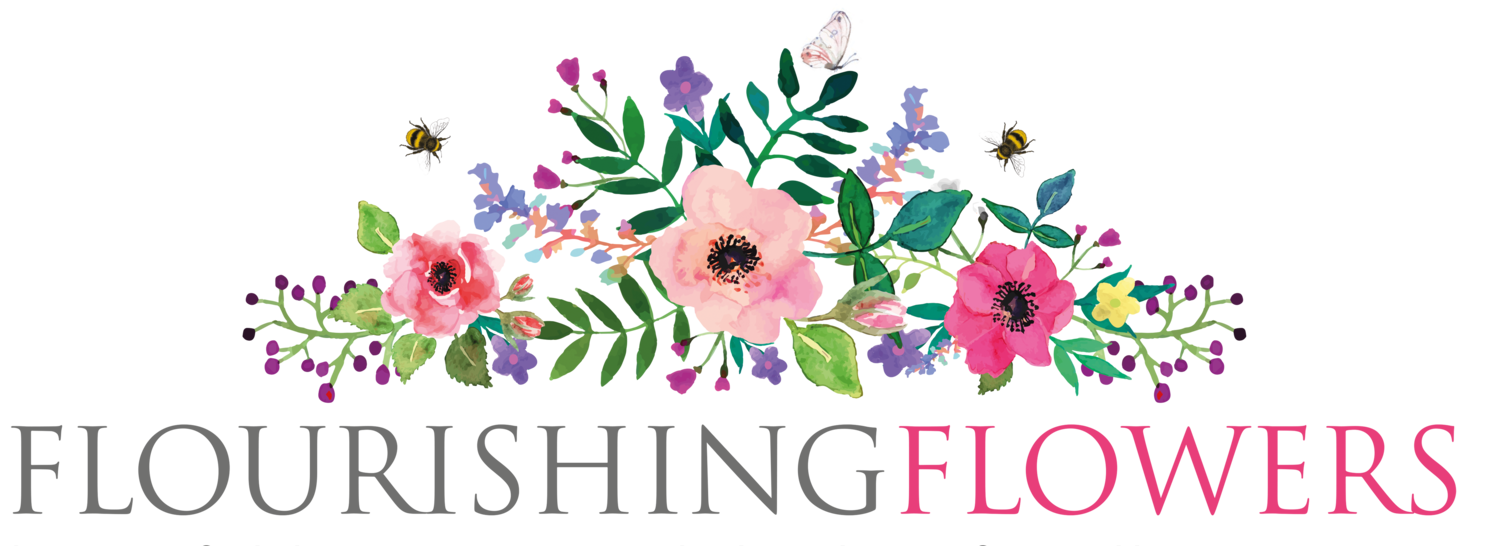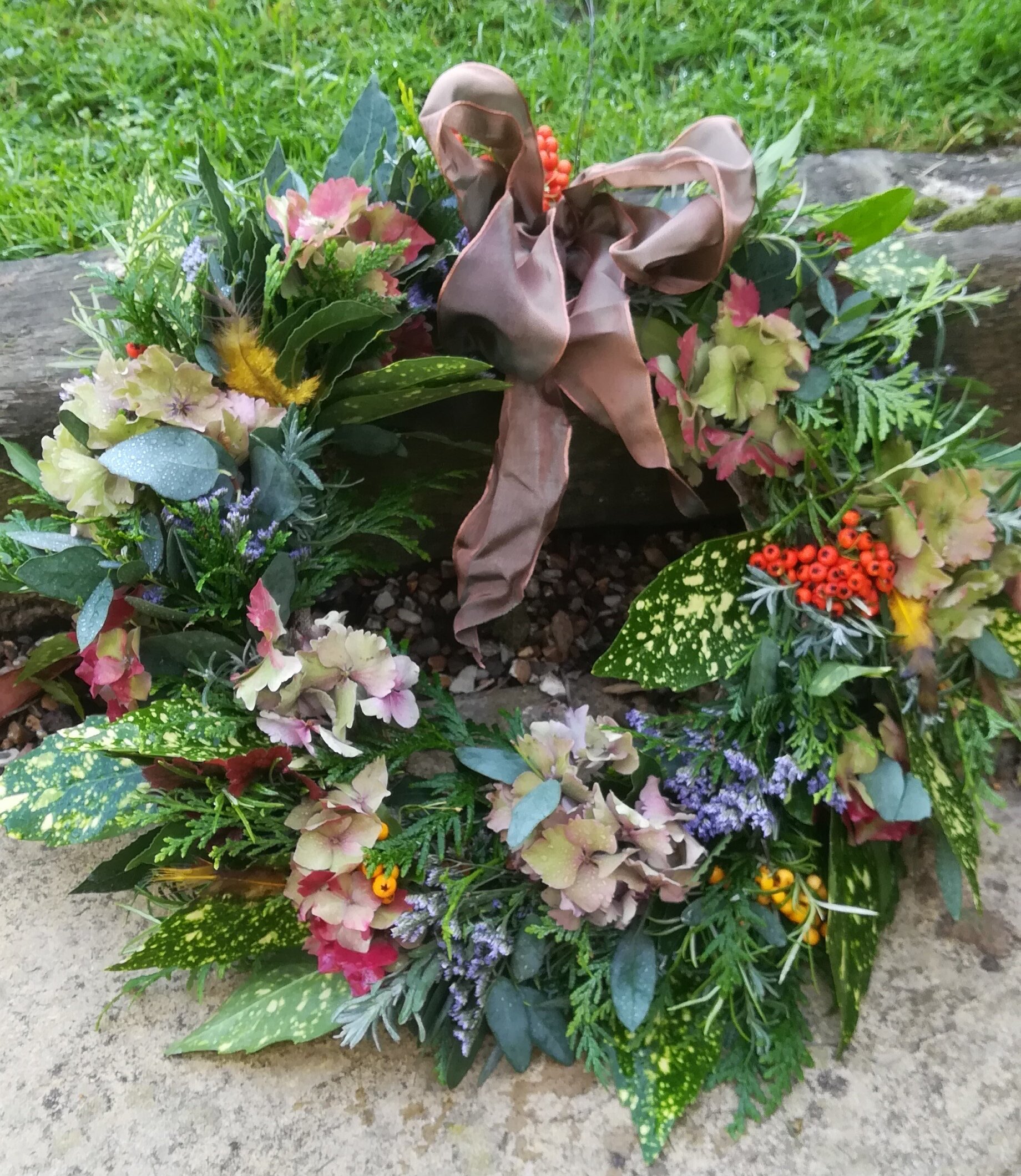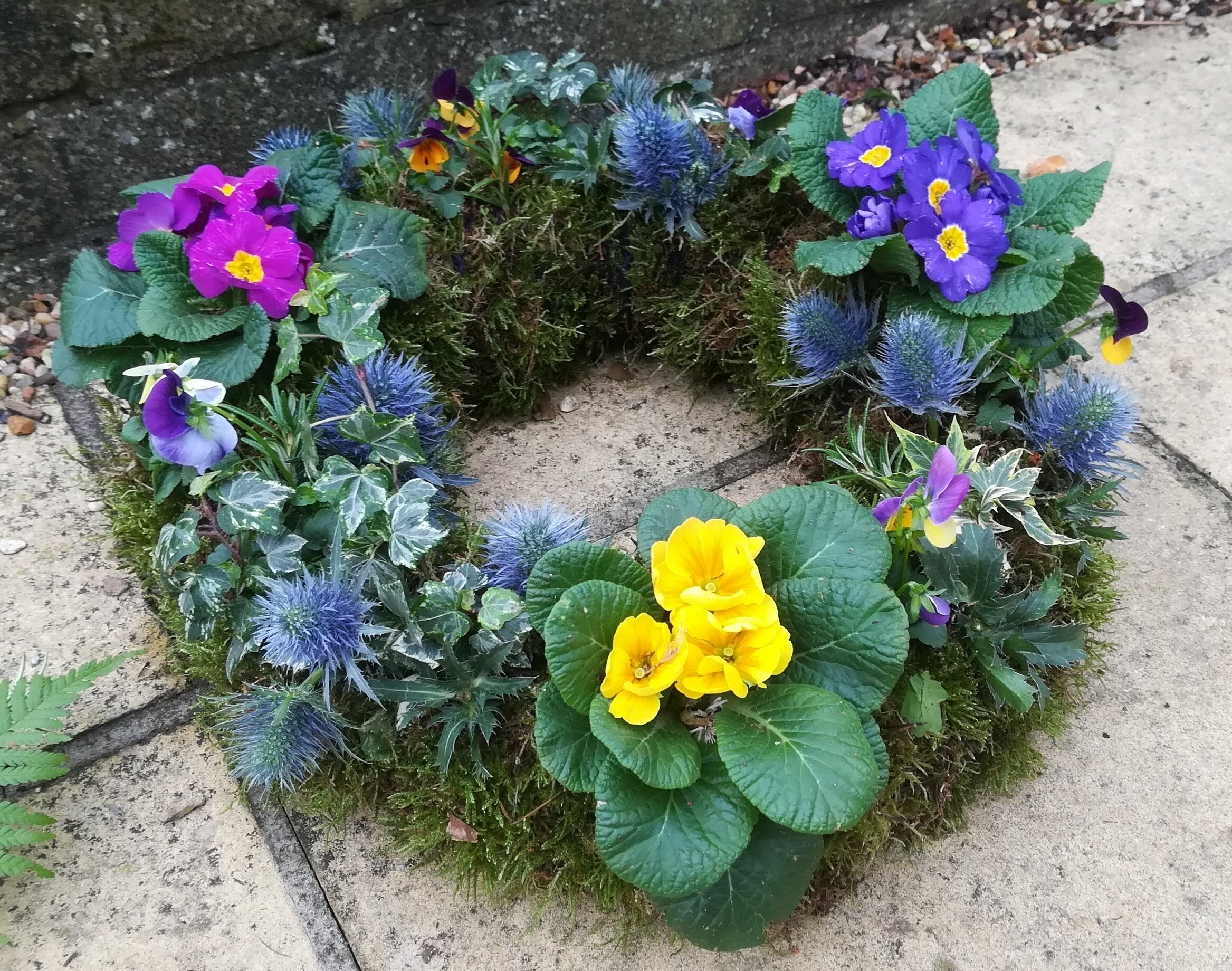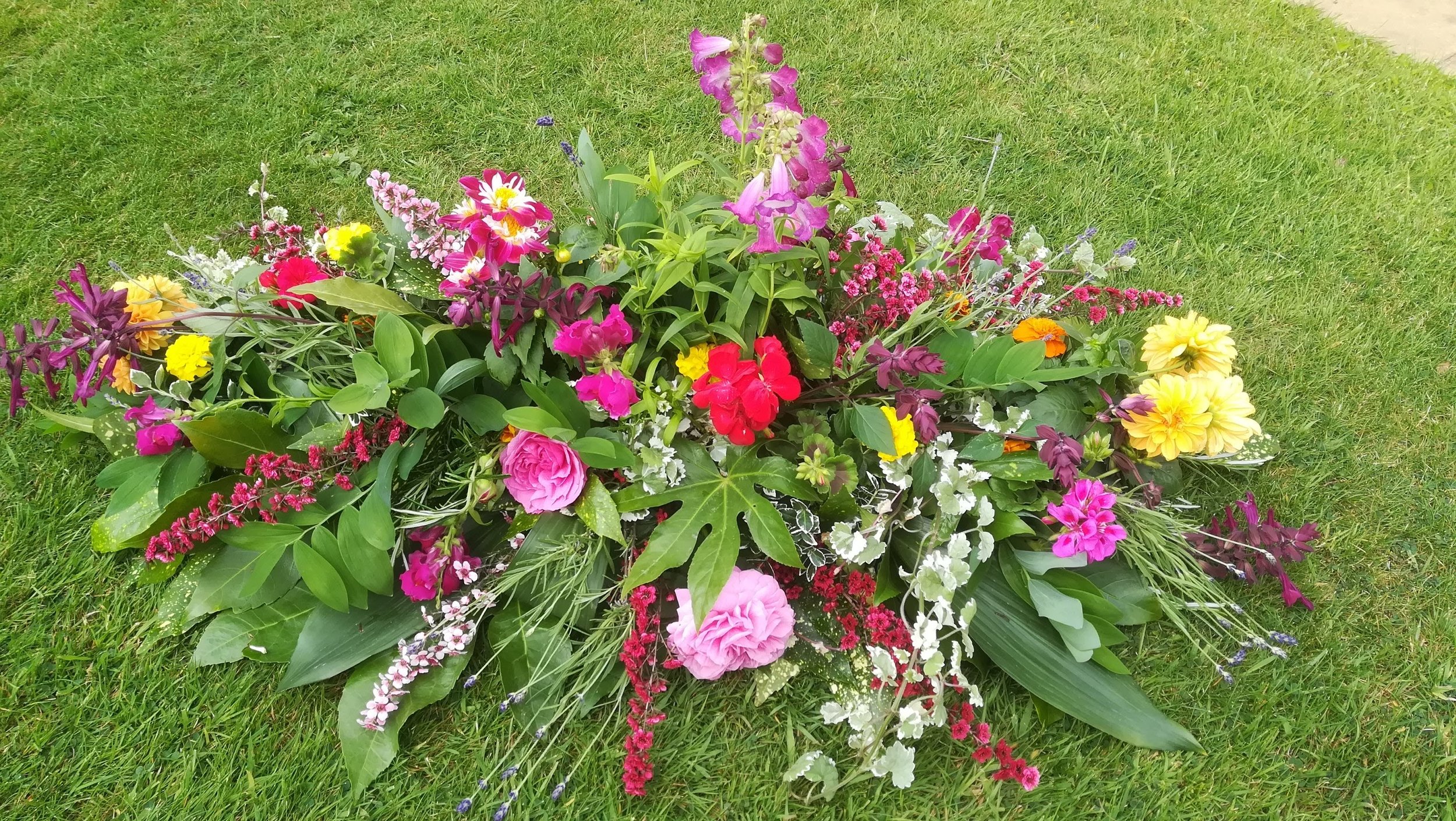Funeral flowers, though often associated with modern times, have a history that stretches back centuries. In fact, evidence of their use dates as far back as 62,000 BC. While they were originally employed to mask the smell of the deceased, over time, they evolved to symbolise love and respect. However, not all cultures incorporate flowers into their funeral rites. Followers of religions such as Judaism and Islam, for example, have different customs and do not traditionally use funeral flowers.
Today we use funeral flowers to help the grieving process, especially when we find it hard to express our thoughts and emotions - flowers can say so much. They can also be used to symbolise whether it be colour, flower type or design - from the white lily which many associate with death, the colour red portraying love, to the circle of eternal life of the never ending wreath.
The history of funeral flowers includes an interesting influence from the past. During the time of Queen Victoria, mourning her beloved Prince Albert, it became fashionable for people to dress entirely in black as a sign of grief. Funeral flowers, during that era, were opulent and extravagant, reflecting the status and wealth of the deceased's family. However, for those less fortunate, their options for floral arrangements were limited. Despite economic hardships, many families set aside money for funerals to ensure their loved ones did not receive a "pauper's funeral." Maybe this is why some people prefer to set up prepaid funeral plans today.
Over time, companies have produced premade bases such as letters and specific design shapes because of increased demands. Whilst these have aided the florists and cut down on their time, little has been said about the long term effects of these products, such as plastic bases and floral foam. Trends are changing, albeit slowly, where clients are more aware of the knock on effect of these items and so we are now almost full circle. We can use alternatives to commercial bases, branches and moss, chicken wire, items that will decompose or can be recycled.
The evolution of funeral flowers highlights the importance of cultural traditions and the impact of changing values in society. From their ancient practical origins to their modern emotional significance, funeral flowers have served as a poignant way to pay respects and console those who are grieving. As we strive for a more sustainable and compassionate world, the transformation in the funeral flower industry is a testament to our collective effort to cherish our loved ones and the environment they leave behind.
































